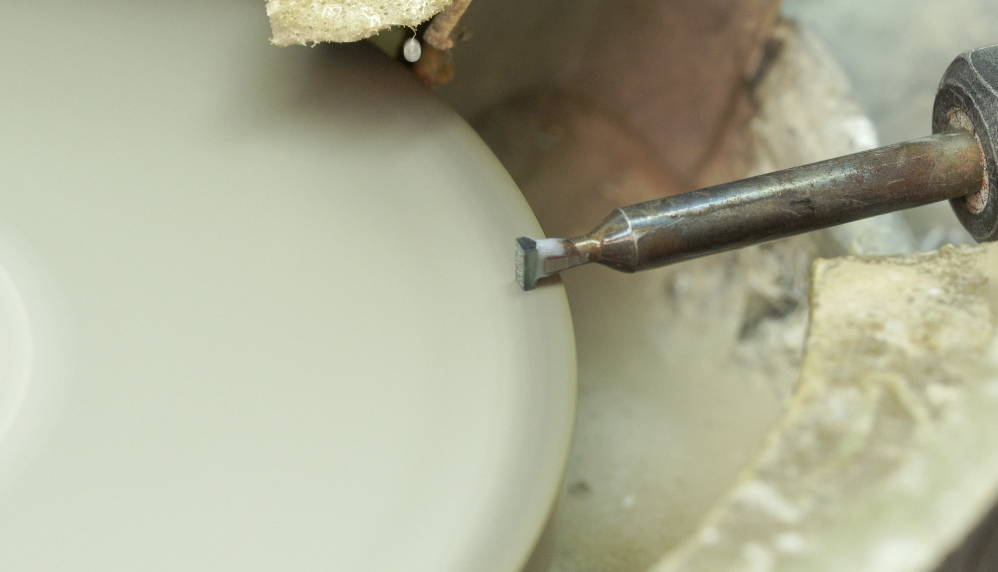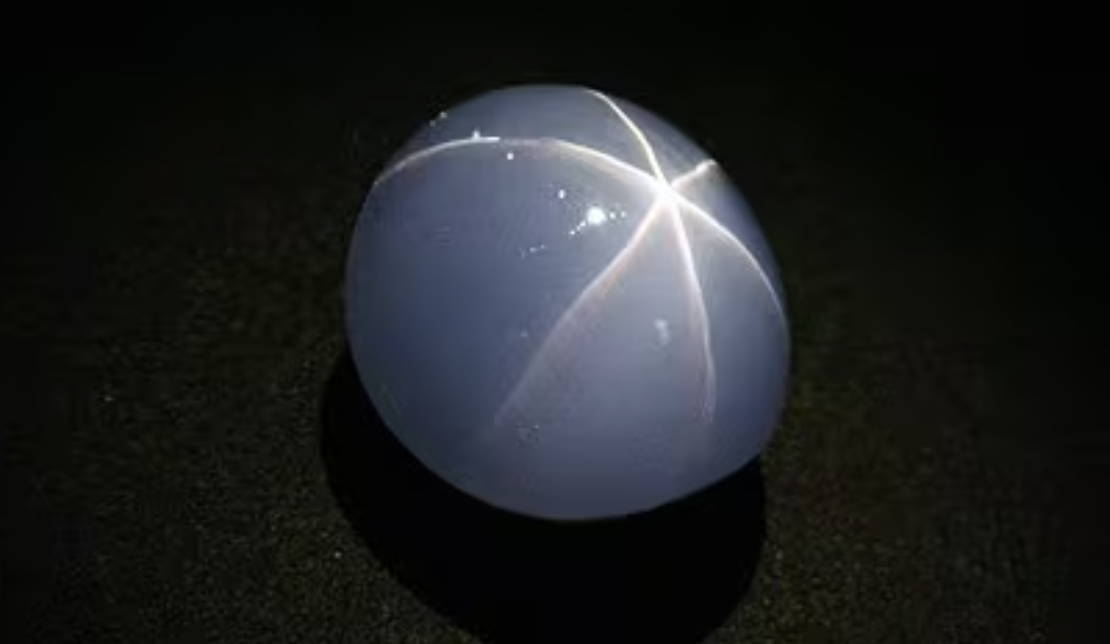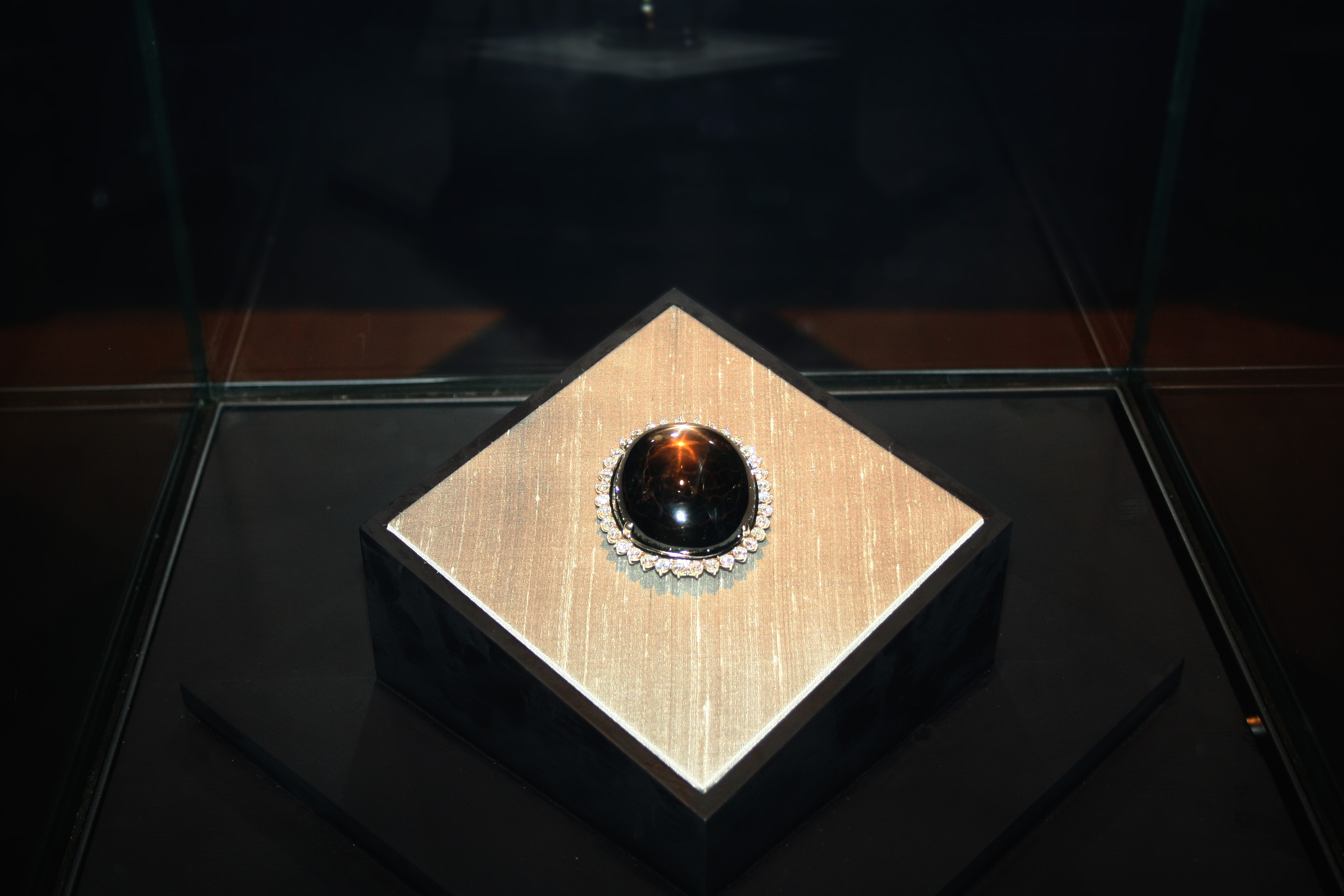The Craft of Lapidary: Shaping Sapphires into Masterpieces
There’s an art to working with gemstones. And to transforming them from rough stones into decorative items such as shaped or faceted gems that can be used in jewellery craftsmanship.
It’s called lapidary.
Lapidarists, or gem cutters, use a variety of techniques to craft exquisitely cut gemstones that often become the centrepiece of jewellery design.
The art of sapphire shaping is itself shaped by the gemstone’s unique properties and the potential of each and every stone.
What makes sapphires unique for lapidary work?
The unique physical and chemical properties of sapphire gemstones make them both challenging and rewarding to work with. And, while the lapidary process can be complex, the payoff is almost always worth it.
Colour Variations
Colour hue, tone, saturation and any zoning affect how sapphires can be graded and cut.
Lapidarists need to assess the colour of rough stones (looking at colour consistency, depth and the presence of any secondary hues) to determine how to enhance their beauty, before any alterations can take place.
Hardness
Corundums like sapphires and rubies are relatively hard gemstones. They’re rated 9 on the Mohs scale, second only to diamonds.
So how do lapidarists cut such a hard stone? They use a diamond-edged saw.
During the polishing stage, fine diamond dust is required. If it’s not fine enough, the dust will leave polish marks, which aren’t a good look for sapphires.
The history of sapphire cutting and faceting
It’s thought that gemstone faceting goes back to the Stone Age.
Of course, technological advancements over the centuries have introduced tools and techniques for beautifully-refined, wonderfully-unique sapphires.
- The Stone Age: The earliest known lapidary work likely took place when people began making tools from stone.
- Ancient Egypt: The Early Egyptians (who loved all things beautiful) began fashioning jewellery out of amethyst and other stones.
- 1st Millennium CE: The art of lapidary was relatively well-developed in India around this period.
- Middle Ages: Regions such as Persia (modern-day Iran) and India honed their sapphire cutting skills, setting the gemstones into sapphire jewellery for royalty.
- Renaissance: Europeans refined their gemstone faceting techniques, developing intricate designs to showcase the brilliance of the gem.
- Modern Era: Across the 19th and 20th centuries, technology revolutionised lapidary. Innovations such as diamond saws, precision-faceting machines and advanced polishing techniques changed the process and elevated the outcome.
- Global Trade - Sapphires and lapidary expertise were shared across borders, with countries such as Sri Lanka, Thailand, Madagascar and Australia becoming known for their skilled lapidaries and beautiful sapphire jewellery creations.
The lapidary process: From rough stone to beautiful gem
1. Selection
Rough gemstones come in different shapes and sizes. Geological conditions and environmental changes impact the formation of sapphires, and can lead to imperfections.
It’s important to understand how the environment shapes the formation of a rough sapphire. This will play a part in which stones are chosen to be cut and polished.

2. Grading
The selected rough sapphires are then graded by quality. Experts examine the colour and colour distribution of sapphires, before grading them by criteria that dictate what will happen next to the stone.
Faceting (superior quality sapphires ready for gem cutting)
Cabochon cut (rough sapphires with inclusions)
Inferior (not suitable for use in jewellery; usually used for industrial purposes)

3. Preparation
Lapidarists want to bring out the best in sapphire gemstones, but since they’re not consistently coloured throughout, this presents a challenge.
Before cutting or polishing takes place, lapidarists use the sapphire’s colour centre as a guide to ensure the final sapphire will reflect the perfect hue.
They will also need to work out how to hide or remove any inclusions and create optimum brilliance.

3. Cutting & Polishing
The gem cutter chooses the cut that will improve the clarity and brilliance of the stone in the best possible way.
There are different types of facets available which benefit the sapphire’s natural beauty in different ways. Gemstone faceting is an intricate process that calls for plenty of planning to make sure the right decisions are made. For example, stair facets bring out colour in oval and cushion sapphires, and brilliance facets increase the vibrancy of darker stones.
The stone is then polished using fine diamond dust to achieve the perfect shine.

Tools and techniques used in sapphire lipidary
Tools
Diamond-tipped saws
Diamond saw blades cut cracks and flaws from rough gemstones, which is one of the first steps in the cutting process.
Faceting machines
Faceting machines consist of a spinning wheel with diamond-coated discs, used to cut facets into sapphire gemstones.
Polishers
Polishers give stones a smooth, shiny finish. They use a variety of polishing materials to achieve that shine, including diamond paste, powder, cerium oxide, hand pads and rotary tool polishers.
Techniques
Tumbling
Rough gemstones are placed into a tumbler, a revolving barrel with abrasives. This is the simplest form of lapidary, which introduces finer abrasives to achieve the desired polish.
Cabbing
Also known as “cabochon cutting”, cabbing creates gems with a flat bottom and domed top.
Faceting
Geometric cutting that brings out the gems brilliance. This is achieved using faceting machines.
Carving
The most challenging of the lapidary arts, very few people are experts in sapphire carving. Carving creates one-of-a-kind gems with a whole new level of sculptural detail.
Spotlight on Masterpieces: Famous Sapphires
There are a handful of sapphires that have held the world’s attention for decades. And, while their sheer size is largely the reason why they’re so adored, the lapidary work involved is also a huge contributor to their beauty and value. Take a look at the master craftsmanship of historical sapphires:
Star of India
One of the largest and most famous sapphires in the world, the Star of India was reportedly discovered in Sri Lanka in the mid-19th century.
The sapphire was cut into a sphere and now has stars on either side that become visible when struck by light.
It would have been polished using a time-intensive process to achieve an incredibly smooth finish.

source: https://en.wikipedia.org/wiki/Star_of_India_(gem)
The Blue Giant of the Orient
Unearthed in Sri Lanka in 1907, this sapphire went on to become the largest sapphire in the world, weighing over 600 carats rough.
Lapidaries cut it down to 466 carats using high-skilled precision cutting. This was likely performed using a traditional machine called Hanaporuwa, replaced by more modern technology in the 1970s.
The Black Star of Queensland
A famous Australian sapphire which was discovered in Queensland in the 1930s by a 12-year-old boy, the Black Star of Queensland is one of our favourite stories.
The boy who found the sapphire originally thought it was a lump of coal, and his family used it as a doorstop for some time, before it caught the eye of a lapidary, Harry Kazanjian.
Kazanjian spent two months cutting and polishing the stone into 733 carats, scraping away at the edges until it resembled a large black star.
It’s now said to be worth around $100 million and has even passed through the hands of Cher.
Explore your appreciation on Sapphires
Lapidary is integral to enhancing the natural beauty of sapphires. A process that’s rooted in tradition, we love to see how technology has progressed the art form and brought about new possibilities with sapphire gemstones.
Understanding the craftsmanship behind every piece of sapphire jewellery is one way to deepen our appreciation for it.
To explore the beauty of Australian sapphires, book an appointment at Sapphire Dreams.


